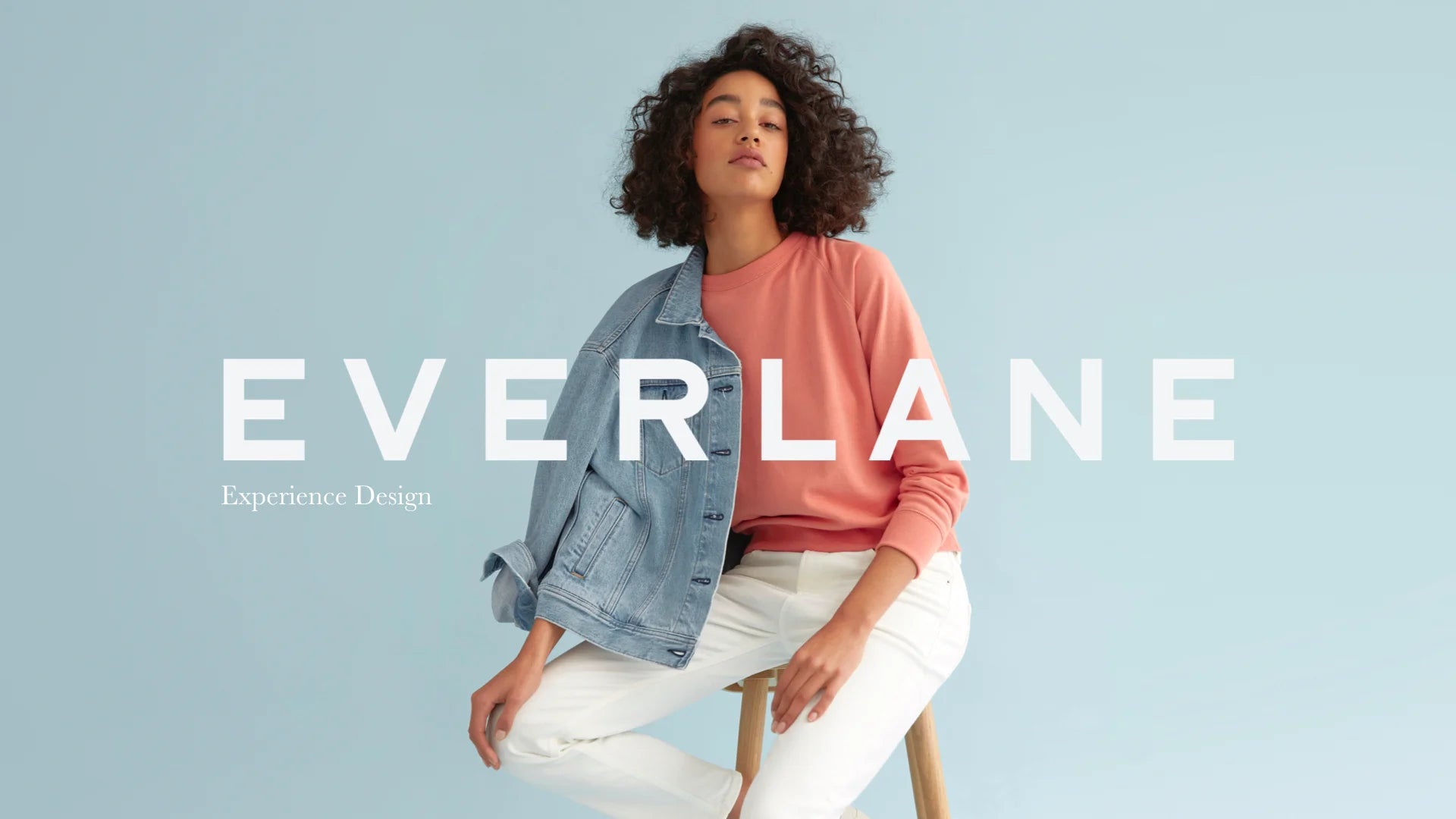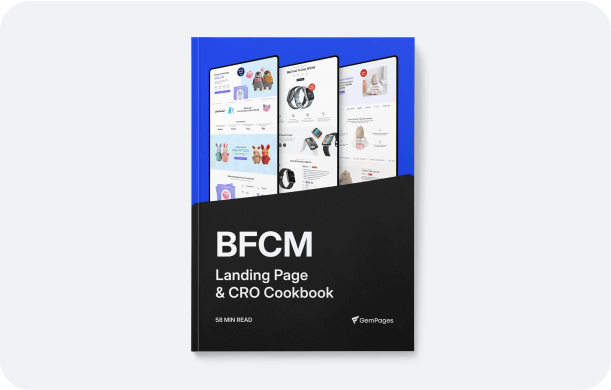What Are Direct To Consumer Brands? How Are They Redefining Retail

Direct-to-consumer brands have revolutionized the way we think about retail. Instead of relying on wholesalers and retailers, DTC businesses handle both the production and distribution independently. Selling directly to the consumers means eliminating markups and creating unique shopping experiences.
But what exactly is direct-to-consumer commerce? How does it function, and which major players are leading the charge with this approach? Dive in with GemPages to discover all the answers you need.
What Are Direct-to-consumer Brands?
Direct-to-consumer (DTC) brands are companies that sell straight to their customers, completely skipping over traditional retail middlemen. These brands leverage different marketing channels, especially digital platforms, to connect with the target audience.

Direct-to-consumer brands build a road that leads them straight to the customers.
Websites and eCommerce storefronts are two primary focuses of DTC brands. Transparency in pricing is a significant aspect of the direct-to-consumer model. Customers know exactly what they’re paying for.
What sets DTC businesses apart from traditional retailers is their commitment to personalization. They often offer customized recommendations, subscription services, and policies that the target demographic will appreciate.
How Do Direct-to-Consumer Brands Work?
DTC eCommerce brands function by directly approaching and selling to their consumers. For this model to work, businesses need the following aspects.
Business Model
DTC brands rely heavily on eCommerce platforms. This digital-first strategy enables them to launch and test new products quickly. Real-time customer feedback and inventory checks always ensure that the customers get the best deals available.
Operating online allows DTC brands to bypass traditional retail intermediaries. This benefits both parties, the businesses and the consumers. Brands enjoy a higher profit margin while shoppers get access to their products at a lower price.
Brand Building
A strong and authentic brand identity is critical for the DTC model to work. Elements such as storytelling, and relatable narratives help DTC businesses emotionally connect with their audience.
You will also see DTC brands actively engage on social media, blogs, podcasts, and other digital channels. This communicates their values and mission directly to consumers. Shoppers can see the companies as real, authentic organizations, not just another ubiquitous store in cyberspace.
Customer Relationships
Direct-to-consumer brands focus on building meaningful connections with their customers through online platforms. They use a customer-centric approach that personalizes experiences based on unique consumer needs. These are facilitated by actionable data and characterized by recommendations and exclusive deals.

DTC brands foster customer relationships via clear, relatable communication.
Storytelling and viral social media play key roles in allowing brands to engage customers and build loyal communities. Agile and flexible, DTC brands quickly adapt to market trends and demands.
Direct communication between companies and consumers means they have continuous feedback for product improvement. These strategies help DTC brands create strong emotional connections with their customers, boosting loyalty and long-term retention.
Supply Chain
Without middlemen or distributors, DTC brands take charge of their distribution and production. The direct-to-consumer model calls for streamlined supply chains to maximize efficiency. By controlling these processes, brands can significantly reduce costs by avoiding the markups common with wholesalers and retailers.
Moreover, having direct oversight of production allows these brands to quickly adapt to new trends and consumer needs. They adjust their offerings based on customer references, keeping the competitive edge.
Why Are Direct-to-Consumer Brands Increasingly Popular?
Direct-to-consumer brands are getting more exposure. In the US, DTC commerce has penetrated 40% of the population, expecting to earn $213 billion in sales. What are the driving factors behind the success of this business model?
Consumer Preferences
Human shopping behaviors are changing with the emergence of smart mobile devices. They now can easily find information, research a product, or interact with a brand online.
DTC businesses capitalize on this trend. They design impeccable online shopping experiences, build a strong digital presence, and most importantly, offer quality products with no markups. Backed by tailored exclusive offers, brands quickly gain traction in the retail landscape.
Cost Efficiency
By eliminating intermediaries like wholesalers and retailers, DTC brands can significantly cut costs. Some suggest that removing distributors requires more investment in logistics. However, it's usually a one-time cost, unlike the ongoing profit cuts taken by third parties.

The DTC model can maximize the operational costs of businesses.
Controlling production and distribution enables DTC brands to offer more competitive prices. This makes their products accessible to a wider audience, boosting sales. Additionally, the savings can be reinvested into improving products and enhancing customer service, adding further value for consumers.
Agility and Innovation
DTC brands are incredibly nimble. They cut out intermediaries. Fewer stakeholders mean they have full control over their operations, allowing brands to make decisions quickly. Whether it's product updates or marketing shifts, DTC companies adapt fast.
Being nimble helps in a dynamic landscape. Consumer preferences change rapidly, and being agile allows DTC brands to pivot to match the shift. They are free from lengthy supply chains, which gives them crucial flexibility to stay competitive. This freedom allows them to launch new ideas and test approaches more quickly than traditional retailers. In essence, their agility keeps them ahead in the game.
Brand Loyalty and Community
Brand loyalty encourages repeat purchases, increasing the lifetime value of acquired customers. The best way to establish loyalty is by building a thriving community around your product.
That’s why the direct-to-consumer model works. By engaging consumers through compelling storytelling, and community-building initiatives, DTC brands turn customers into loyal advocates. This also sparks positive word-of-mouth, helping the brand grow organically.
Top 10 Direct-to-Consumer Brands
Here are the best DTC brands at the time of writing:
#1 Warby Parker
First stop, Warby Parker. Warby Parker is a prominent brand in the eyewear industry, known for blending affordability, style, and social responsibility within its direct-to-consumer (DTC) business model. The company enhances the shopping experience by integrating both automated processes and personal interactions.

Offering chic eyewear at reasonable prices, Warby Parker also provides eye exams and vision care services. Through their "Buy a Pair, Give a Pair" initiative, they have donated millions of glasses to people in need.
#2 Dollar Shave Club
Next, Dollar Shave Club revolutionized the grooming industry with its innovative direct-to-consumer approach. Established in 2011, the company introduced a renovational model: delivering razors straight to consumers. They completely bypassed traditional retail channels.

They also ran a widely popular YouTube ad that helped the brand rapidly secure 8% of the market. To imagine how successful their DTC model is, just know that Unilever acquired Dollar Shave Club for $1 billion in 2016.
#3 Glossier
Coming in at number 3, Glossier quickly gained prominence thanks to its focus on community-driven products and minimalist offerings. The brand was born from the popular beauty blog "Into the Gloss" and centers on essential skincare and makeup products that highlight natural beauty and simplicity.

With a strong digital presence, Glossier fosters a deep connection with its audience. It actively engages with consumers on social media, using their feedback to inform product development. Glossier promotes inclusivity and empowerment among its fans, delivering a refreshing and straightforward approach to personal beauty routines.
#4 Casper
At number 4, we have Casper. The company has transformed the mattress shopping experience by making it simple. Casper delivers high-quality mattresses in compact boxes, straight to consumers. This approach focuses on consumer-centric designs, providing comfort and quality without the inflated costs often seen in traditional retail.

Casper quickly became popular with its 100-night risk-free trial. Customers can try out the mattresses at home for 100 days and return them if not satisfied. The company has now expanded its offerings to carry pillows, bedding, and other sleep-related accessories, cementing its reputation as a leader in the bed-in-a-box movement.
#5 Bonobos
Another prime example of successful direct-to-consumer brands is Bonobos. Initially gaining recognition for its signature well-tailored pants, the company has broadened its product line to include suits, shirts, and a diverse range of men's apparel.

Bonobos sets itself apart with an innovative retail approach that blends the convenience of online shopping with personalized service in its physical Guideshops. It’s a clever combination of the DTC model with the online-to-offline marketing strategies.
#6 Allbirds
Coming in at number 6, it’s Allbirds. Allbirds offers sustainable and comfortable shoes made from natural materials such as merino wool and eucalyptus. With a strong emphasis on environmental responsibility, the brand uses eco-friendly practices to reduce its carbon footprint.

As a direct-to-consumer brand, Allbirds connects directly with customers via its online platform and select retail stores. It’s a brand that successfully builds a relatable image with its customers.
#7 Everlane
Everlane also takes a direct-to-consumer route. The brand sells high-quality clothing items with a focus on transparency and ethical production. Everlane commits to "radical transparency". They share everything with their customers, including the true cost of their products, covering materials, labor, and transport.

Everlane also takes the digital-first approach. They communicate directly to shoppers on social media, providing detailed insights into the origins and production of each item.
#8 Bark
At number 8, Bark runs a direct-to-consumer subscription model, aptly named BarkBox. They provide monthly boxes filled with toys, treats, and other goodies for dogs. Each BarkBox offers a selection of items that fit the preferences of a canine friend.
![barkbox-treats-toys]](https://cdn.shopify.com/s/files/1/1833/4291/files/barkbox-treats-toys.webp?v=1738605623)
What sets BarkBox apart is its commitment to being a leader in dog toy safety. The brand tests each toy in its state-of-the-art lab to ensure it meets the highest safety requirements. It’s the biggest selling point of BarkBoxes, and they make sure consumers know it.
#9 Blue Apron
Blue Apron is a pioneering home-delivery meal-prep kit brand using a DTC subscription model. They approach home cooking by building a better, more sustainable food system.

With a focus on partnering with farmers, Blue Apron ensures the highest-quality ingredients are delivered right to consumers’ door, offering both superior value and a commitment to environmental responsibility.
Their mission goes beyond meal kits; it's about creating a long-term impact on our food system by championing sustainable practices and improving standards for growing and sourcing food.
#10 Blume
Last but not least, Blume blends quality products with a smart DTC approach. They redefine skincare with dermatologically tested formulas that emphasize health and simplicity. Partnering with top North American labs, Blume offers high-quality skincare similar to luxury brands but at affordable prices.

Blume is highly active on social media. Through engaging content and genuine interactions, they create a supportive community for sharing skincare experiences and building confidence. Blume uses Instagram and TikTok to educate, inspire, and connect with their audience, showcasing real user stories and celebrating individuality.
Conclusion
It’s safe to say that direct-to-consumer brands are here to stay. They're changing how we engage with our favorite brands. By eliminating the middleman, they foster closer and more personalized ties with consumers. These interactions feel tailored and meaningful.
As retail evolves, the DTC model leads this change, shaping the future of shopping through authenticity and direct engagement. We're seeing a retail rebirth focused on real connections and unique experiences. This shift promises exciting innovations and stronger bonds between consumers and brands.



 Facebook Community
Facebook Community Change Log
Change Log Help Center
Help Center












